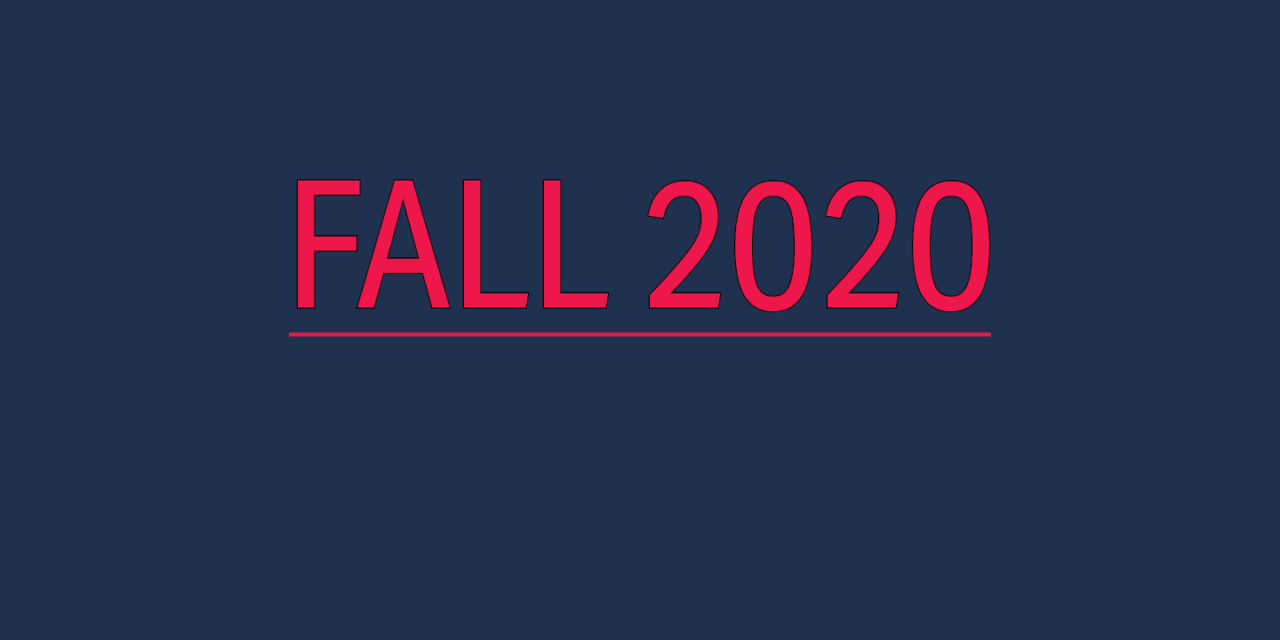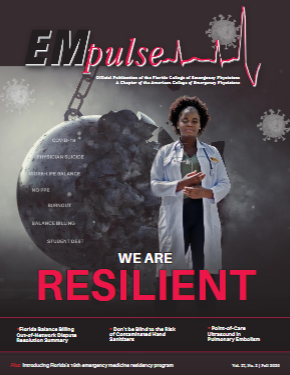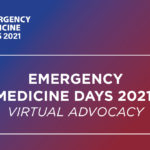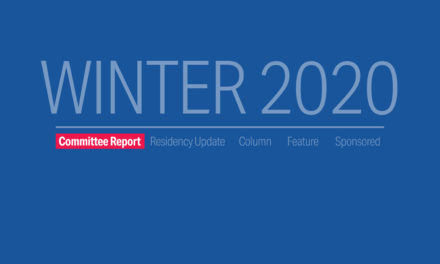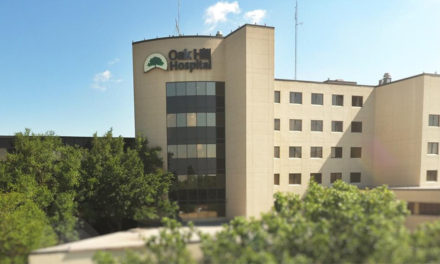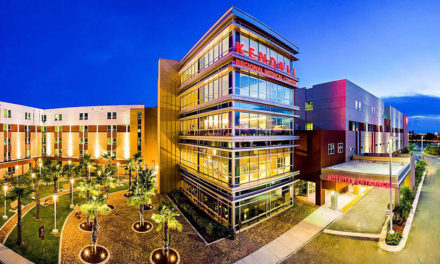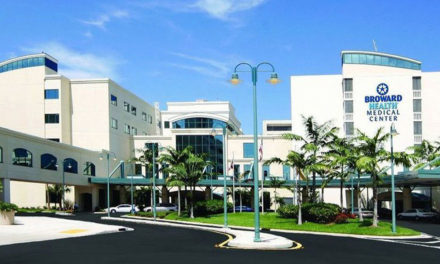The Show Must Go On: Medical Education in the face of COVID in Florida
Over the years, medical educators have faced educational challenges that have resulted in innovations and strategies.1 Each pandemic has taught us important lessons and changed our medical education process. For example, during the HIV/AIDS outbreaks, the learning environment was challenged with fear of personal safety and ethical obligations regarding patient care. Educators had to clarify learning goals by consolidating care and creating new care models for affected patients. [1] Now, COVID-19 and the mandate for social distancing also created its own challenges, and new educational strategies are beginning to emerge.
Interested to know how other residencies approached their educational challenges, we surveyed all the Accreditation Council for Graduate Medical Education (ACGME) accredited emergency medicine (EM) residency programs in Florida. The survey asked residency programs to describe their experience about the mandatory didactic activities before and after the pandemic began in March 2020, specifically asking about video conferencing platforms, learning management systems, the use of asynchronous learning or individualized interactive instruction (III), and resident/faculty engagement. Twelve of the 18 programs surveyed responded, with a mix of residencies from large academic tertiary centers, trauma centers, and small community programs.
Most programs were using either Cisco©WebEx, Microsoft® Teams or Zoom as their digital platform, and used a variety of software to prepare quizzes such as Google Forms, Microsoft® Word and Microsoft® Forms. Since the beginning of the didactic lecture transformation, one quarter of the respondents have incorporated III, 17% have cancelled in-person simulation, and 17% have incorporated small group learning or workshops. The educational experiences have become more diverse with the incorporation of asynchronous activities, more interactive virtual experiences, and three programs have even utilized pre-recorded lectures into their didactic programs.
The essence of being virtual has also fostered an environment of collaboration with national emergency medicine web-based resources. Residency programs reported using a combination of the following: EMRAP, Foundations of Emergency Medicine©, EM Fundamentals©, ACEP Virtual, AliEM©, The Center for Medical Education© National Board Review Course, Metasin™ EMCrit Podcasts, HippoEM© and RebelEM©. Collaboration between other EM programs and other residency specialties was also reported (17%). All the programs reported using an EM Board Review question database with all using ROSH Review©. In addition, six programs also used HippoEM© and three used EMCoach©. Surprisingly, more than half the programs reported no change in the level of engagement from the residents or faculty. Only one-third of programs found an increase in faculty engagement, and two reported an increase in resident engagement. Meanwhile, two and three programs felt their faculty and residents, respectively, were less engaged.
Six months later, most of us continue our didactic time behind digital platforms, which has changed our education methods for the better, we hope. As we continue this virtual journey, some best practices are emerging. During virtual conferences, it is imperative to understand your personal connection to the internet (Ethernet, WiFi, cellular), use multiple screens as often as possible, assign a moderator to monitor chat features, incorporate scheduled breaks, have shorter lecture topics/time, and make each conference as interactive as possible. Other recommendations center around assigning a “technology” champion (faculty or resident) to help others, evaluate your program’s use of a learning management system, use the asynchronous chat feature of digital platforms to continue the learning and foster a positive learning environment beyond the didactic sessions, and collaborate with others (this is the best time to get national speakers to lecture to your residents!).
As we journey forward, we can look back and see how undergraduate and graduate medical education has metamorphosed. The medical students have returned with limitations, yet how will they learn the full scope of emergency medicine with this limited view? Medical education is no different and has been forever changed by the COVID-19 pandemic. Our eyes are fixed on screens, from TVs to smartphones and computers—but remember to take a moment and look up and to the future. Now is the time to use the challenges that were thrust upon us to create innovation and scholarship. Let us join together as we catapult ourselves into a forward-thinking medical education community within emergency medicine and the state of Florida.
References:
1. Russell SW, Ahuja N, Patel A, O’rourke P, Desai SV, Garibaldi BT. Peabody’s Paradox: Balancing Patient Care and Medical Education in a Pandemic. Journal of Graduate Medical Education. 2020;12(3):264-268
Samantha manages fcep.org and publishes all content. Some articles may not be written by her. If you have questions about authorship or find an error, please email her directly.

